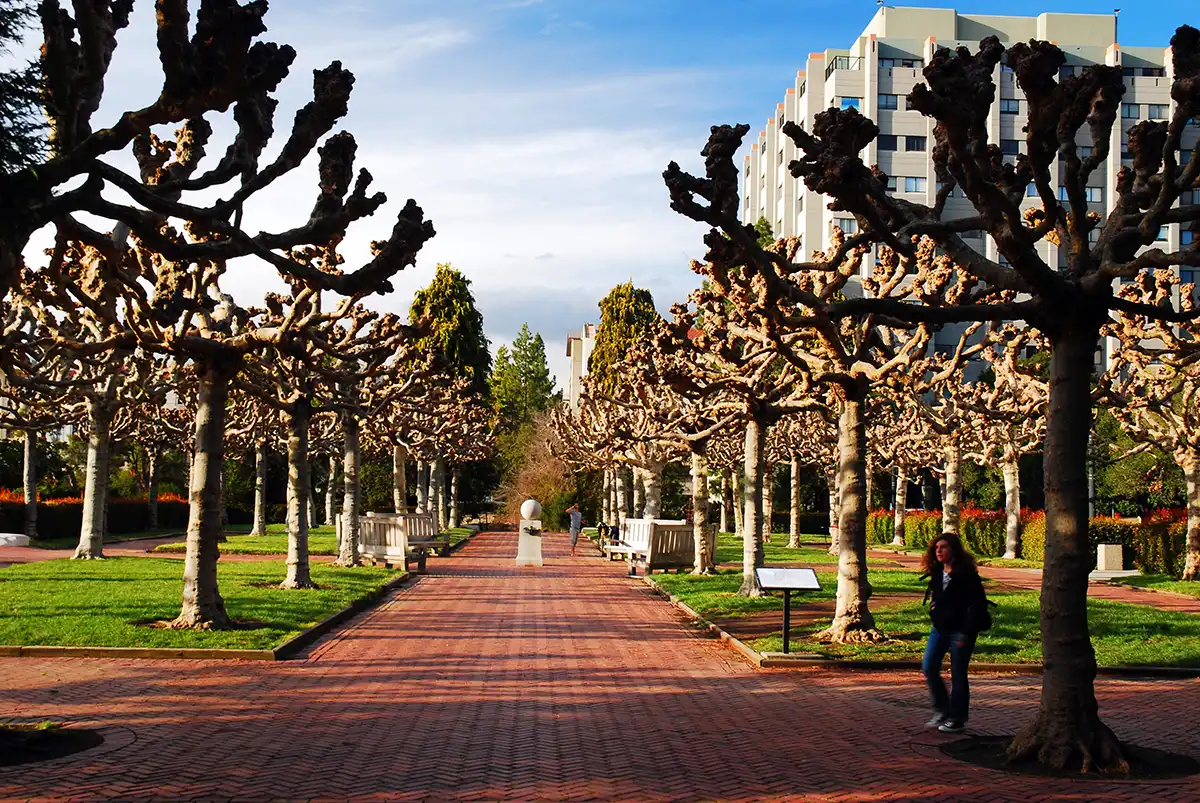The Terner Center for Housing Innovation at the University of California, Berkeley published a 2023 update to its 2020 report, Mapping the Potential and Identifying the Barriers to Faith-Based Housing Development, which identified the amount of potentially developable land owned by faith-based organizations (FBO) in California. The organization tapped LightBox, a commercial data provider, to provide statewide data to derive deeper insights and expand the reach of its analysis. The updated report provides estimates of the potentially developable land owned by faith-based organizations (FBOs) and institutions of higher education that would be eligible for streamlined affordable housing development under California Senate Bill 4 (SB4), which was signed into law in October 2023.
LightBox Data Expands the Terner Center’s Scope of Analysis
LightBox helped the Terner Center identify which real estate holdings owned by FBOs and institutions of higher learning would be viable for SB4. The parcel-level data in the report comes from an aggregation of county assessor data. After identifying parcels eligible under California Senate Bill 4 (SB4) and large enough to support affordable housing development, the Terner Center applied LightBox data to analyze the characteristics of the sites by overlaying three data layers: 1) 2022 California Tax Credit Allocation (TCAC) Committee Opportunity maps, which assign each census tract in the state to one of five opportunity categories based on an index of economic, educational, and environmental characteristics; 2) Proximity to high-quality transit stops as identified by state rail system Caltrans; and 3) Land use area type, such as areas designated for single-family residential use.
LightBox data helped determine which land is eligible for potential FBO and institutions of higher education building projects and provided insights about:
- Land in selected counties
- Land in TCAC opportunity designation categories for selected counties
- Transit access for selected counties
- Zoning for selected counties
- Acres excluded by SB 4 oil-well provisions
Findings Reveal Land Potentially Available for Affordable Housing Development
The Terner Center found that these organizations own a significant amount of land that would be eligible for SB 4 incentives, and that could be used for affordable housing. Specifically, they identified over 171,000 potentially developable acres statewide owned by FBOs or institutions of higher education, which is nearly five times the size of the city of Oakland.
FBOs own about 47,000 acres of potentially developable land, and institutions of higher education own about 125,000 acres, of which most is located in less-populated areas of the state. Parcel size varies by county. Half of the land FBOs and institutions of higher education own is in higher opportunity areas, and of the potentially developable land owned by FBOs and institutions of higher education, about 13 percent is located near high-quality transit. FBOs and institutions of higher education own a significant amount of potentially developable land in single-family neighborhoods.
Since the initial report’s publication, policy makers, philanthropists, and other entities have increasingly sought ways for FBOs to contribute land to expand the housing supply. However, despite the potential for developing this land, barriers remain, including land-use and environmental restrictions, and such projects can be risky and complicated even for seasoned developers.
While SB 4 addresses some of the issues involved with land-use regulation, technical expertise is required, and limited local, state, and federal funding sources may stall progress. Furthermore, existing financing mechanisms may not be well suited for FBOs or institutions of higher education to build affordable housing. Most traditional affordable housing is developed through Low Income Housing Tax Credits (LIHTC), but the lower-density structures likely to be built on FBO or institutions of higher education land wouldn’t likely be competitive for these, and no other direct subsidy program currently exists. An opportunity exists to bridge these gaps by creating or expanding technical assistance to support institutions interested in pursuing housing but lacking the expertise and capacity to do so. Focused support is critical for organizations interested in building housing on their property, but which lack the resources, networks, and experience to do it on their own.
LightBox Parcel Data for Public Sector and Academic Applications
LightBox provided its comprehensive and accurate parcel data that underpinned the Terner Center’s analysis and findings. In addition to serving the commercial real estate industry, LightBox delivers its data to public sector and academic institutions. LightBox connected parcel data is helping policy makers and researchers address today’s most pressing challenges, including homelessness and housing, energy consumption, and environmental risks. Learn why LightBox data is the standard for accuracy, currency, and completeness. Discover more at LightBoxRe.com.
The Terner Center for Housing Innovation at UC Berkeley, based at the College of Environmental Design, formulates bold strategies to house families from all walks of life in vibrant, sustainable, and affordable homes and communities. Their focus is on generating constructive, practical strategies for public policy makers and innovative tools for private sector partners to achieve better results for families and communities. For more information visit: TernerCenter.Berkeley.edu.
